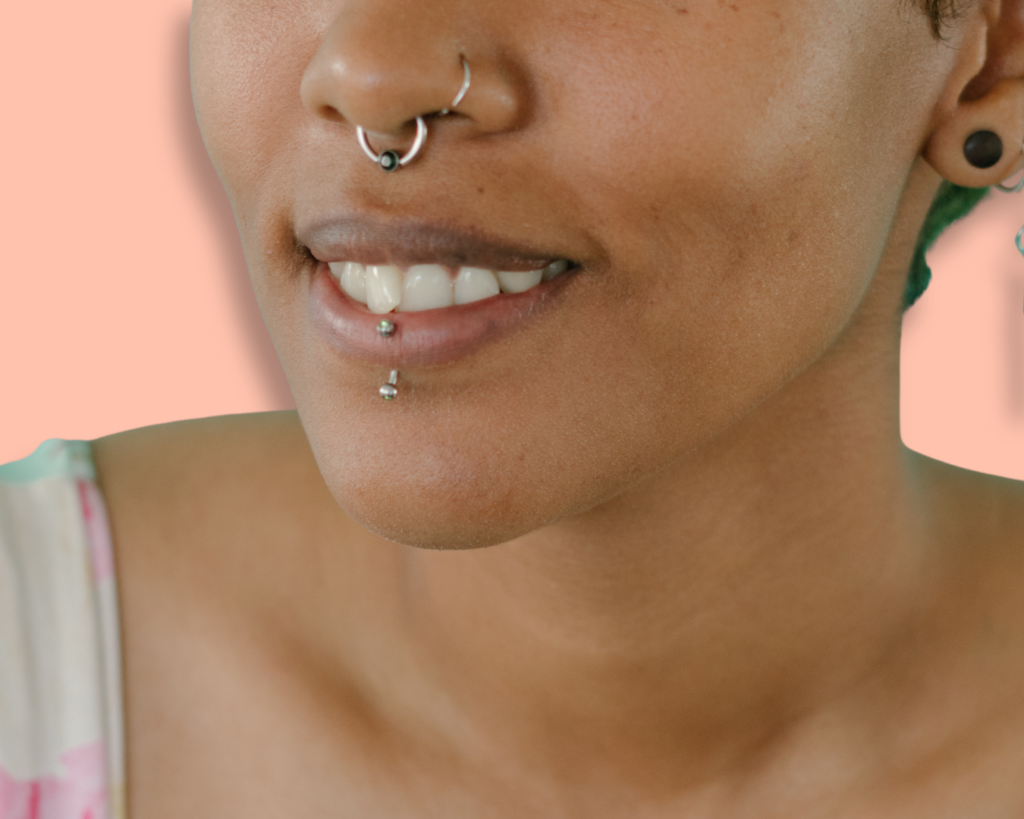Your Guide to Facial Feminization Surgery

Congratulations on taking a major step in your gender affirming journey!
Your face is a huge part of how the world sees you—and more importantly, how you see yourself. Facial Feminization Surgery (FFS) can be a life-changing step in aligning your appearance with your gender identity, helping others recognize you as the person you truly are. At Catalyst, we understand that femininity isn’t about isolated features but about harmony—how all the elements of your face work together to create a look that feels right to you. We’re here to help you navigate this process with expert care, compassion, and a commitment to results that feel natural and affirming.
What is Facial Feminization Surgery?
FFS is a gender-affirming procedure that reshapes facial features to create a more feminine appearance. At Catalyst, we focus on up to six core procedures, along with complementary treatments, to ensure facial harmony and natural-looking results.
Key Procedures

Forehead Feminization
During puberty, elevated testosterone levels can cause significant changes to the brow and forehead area. The brow bone thickens and raises, and the upper eye sockets become more hooded, creating a typically male appearance with a low-set brow and shaded eyes.
Forehead feminization is one of the most impactful Facial Feminization Surgery (FFS) procedures for two key reasons:
- The changes to the forehead bone structure are among the most pronounced from puberty.
- The forehead is a key focal point during social interactions, as eye contact plays a major role in communication.
By adjusting the bone structure of the forehead and eye sockets to a more feminine shape, the overall facial appearance and gender perception can be dramatically improved.
At Catalyst Surgical, we use Facialteam’s patented FOREContour® method, which can be performed with or without a simultaneous hair transplant, depending on your needs.

Jaw & Chin Feminization
The area from the angle of your jaw to your chin can be a source of dysphoria. While a jaw angle alone isn’t inherently masculine or feminine, its proportion to the rest of your face can affect overall gender appearance.
Angular jawlines are not necessarily masculine—many beautiful women have defined jawlines, but their features are more balanced. Softer, less angular lines tend to convey a more feminine appearance. Reducing sharp angles or excess definition can create a more balanced, feminine look.
To achieve lasting results, we use Facialteam’s advanced JAWContour® method, which carefully reshapes the jawline for a more feminine profile.
In masculine-appearing faces, the chin tends to be wider and more angular. A longer chin, or one that is over- or under-projected, can also appear less feminine. Chin feminization reduces width, angularity, and excess height, helping create a more balanced and proportional facial appearance.

Nose Feminization (Feminizing Rhinoplasty)
A nose can seem masculine or feminine depending on its relation to the rest of the face. As the central feature of the face, the nose plays a key role in overall facial harmony, linking the upper and lower face.
Rhinoplasty is one of the most complex plastic surgery procedures since two-thirds of the nose consists of soft tissue, making results less predictable than procedures on bones. The nose is a three-dimensional structure, so adjusting one aspect can affect others, sometimes resulting in unexpected changes.
If your nose doesn’t harmonize with the rest of your face, it can appear out of proportion, especially once other masculine features are softened. Rhinoplasty is often essential for achieving a balanced, feminine appearance.
For nose feminization, we use Facialteam’s REVONose® method, which employs tested ultrasonic techniques to minimize soft-tissue trauma, improving both the healing process and final aesthetic results.

Adam’s Apple Reduction
The Adam’s apple is often seen as a prominent marker of masculinity, though many assigned female at birth (AFAB) individuals also have a noticeable one. Testosterone exposure can enlarge the thyroid cartilage, making it more prominent than is typically considered feminine.
The Adam’s apple consists of thyroid cartilage and sits over the thyroid gland. Despite the term “tracheal shave,” the procedure does not alter the trachea (windpipe). Instead, we reduce the most prominent part of the thyroid cartilage, above the vocal cords, helping transfeminine individuals avoid misgendering.
At Catalyst Surgical, we use Facialteam’s TContour® method for tracheal shaves. This involves a small incision just under the chin, hidden in a natural skin crease to minimize scarring. The thyroid cartilage is then carefully shaved, and no incisions are made on the front surface of the neck.

Lip Feminization
(Lip Lift)
Fuller, slightly rounded lips are often seen as more feminine. A feminizing lip lift enhances this by subtly raising the upper lip and adding a gentle ‘pout,’ creating a natural tooth show when the mouth is relaxed.
Since thinner, lower-positioned lips are typically linked to a more masculine look, this procedure helps achieve a softer, more feminine appearance. It can also be combined with lip augmentation for enhanced results.
Our technique minimizes visible scarring by strategically placing incisions within natural creases.

Complementary Procedures
To further enhance facial harmony, we offer additional procedures that can complement your FFS results, including:
- Blepharoplasty (eyelid surgery)
- Bichectomy (cheek fat removal)
- Neck liposuction
- Facial lipo feminization (fat grafting)
- Facelift
- Neck lift
These procedures can help refine your results for a more natural appearance while also alleviating gender dysphoria-related stress.
Our team will consider your specific goals, but for safety reasons, some procedures may require a waiting period between surgeries.
If you’re interested in FFS at Catalyst Surgical, book a consultation. Our surgeon will assess your features, recommend the best approach, and answer any questions you have.
Interested in FFS? Book a consultation to explore your options.
Check our FAQ page for more information.